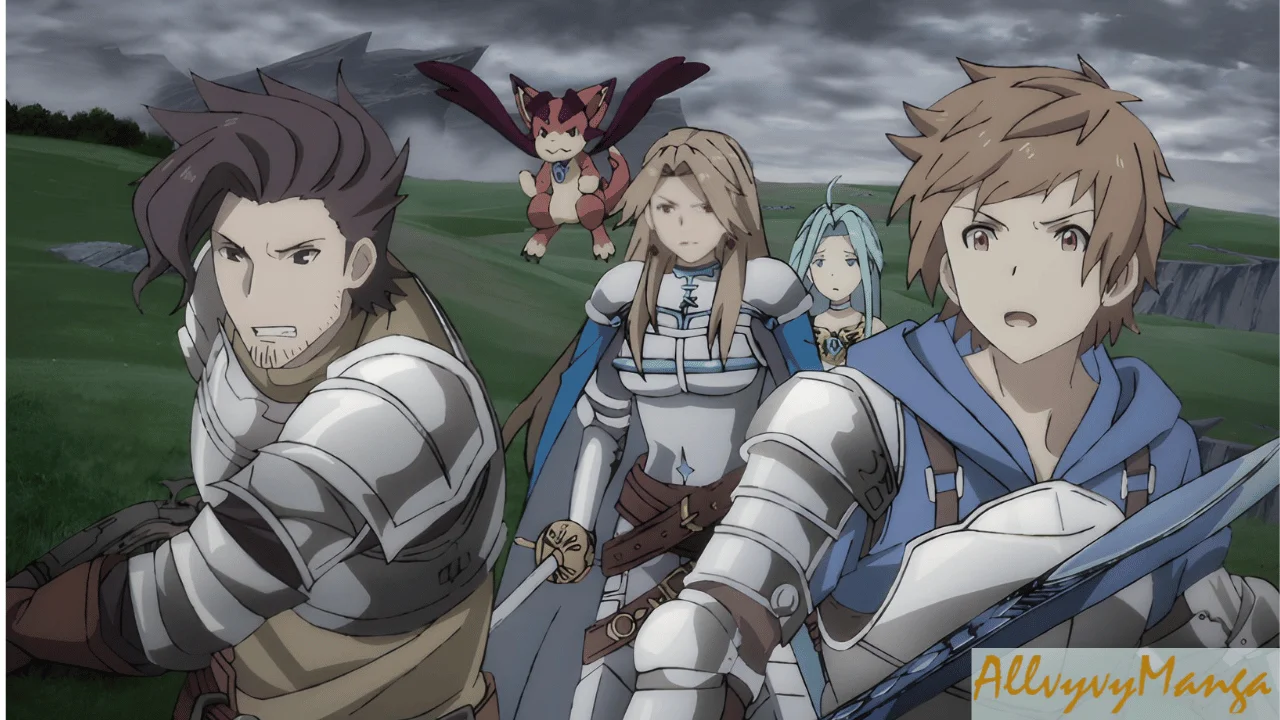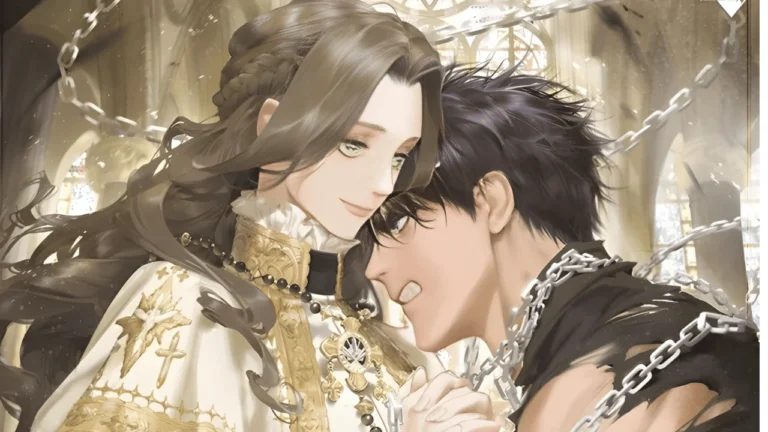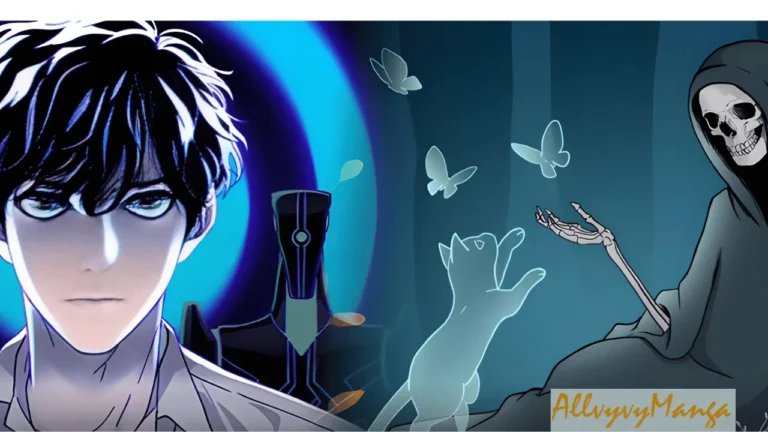Dondon Kawatteiku Giri no Ani to Imouto

In the complex story of “dondon kawatteiku giri no ani to imouto,” the dynamics of a family change and the emotions of a stepbrother and stepsister change dramatically. As a result of their blended family’s need for constant closeness and adjustment, they have uncomfortable encounters and unresolved tensions that damage their bond at first. Strong familial bonds can be built through understanding and persistence, even in the face of initial obstacles and differences, as this story shows.
Introduction
The moving tale “The Evolving Stepbrother and Stepsister” delves into the ever-changing bond between a stepsister and her stepbrother. In this story, two people, who were once strangers, build an unbreakable friendship and undergo profound emotional changes as they adapt to their new familial duties.
What is “Dondon Kawatteiku Giri no Ani to Imouto”?
Central to “Dondon Kawatteiku Giri no Ani to Imouto” is a story of maturation, self-awareness, and the strength of family relationships. Within the framework of a blended family, the narrative tracks the progression of a stepbrother and stepsister from an uncomfortable and tense beginning to a state of profound emotional bonding and mutual regard. The significance of empathy, communication, and patience in developing good family relationships is demonstrated through a sequence of shared experiences and vulnerable moments, which represent this progression.
Evolving Step-Sibling Relationships
Initial Struggles and Adjustments
A lot of obstacles pop up when step-siblings first start living together. Be prepared for emotional upheaval and pushback as you adjust to life as a blended family. In the beginning of “Dondon Kawatteiku Giri no Ani to Imouto,” there are a lot of miscommunications and distrust. As a result of the upheaval to their familial relationships, the characters must learn to cope with their emotions of displacement.
Building Trust through Shared Experiences
Stepbrother and stepsister form a closeness via common experiences as they spend more time together. Their bond is firmly established by these moments, no matter how small or big. By doing things together, they find that they have a lot in common and form bonds of friendship that bring them closer together.
Developing Mutual Understanding
The stepsister and stepbrother eventually come to understand one other’s points of view. In order to dismantle barriers of prejudice and misunderstanding, this mutual understanding is important. As a result of learning to value one another’s differences, they develop more profound feelings of empathy and respect.
Overcoming Preconceived Notions
A major obstacle in step-sibling relationships might be biases and preconceived ideas. These inner struggles are what the protagonists of “Dondon Kawatteiku Giri no Ani to Imouto” have to face and conquer. They break down the barriers of preconceived notions and bias that had previously shaped their views of one other via frank discussion and emotional transparency.
The Role of Patience and Empathy
The development of relationships between step-siblings calls for the qualities of patience and empathy. The story’s stepsister and stepbrother show how these traits can make a tentative, forced relationship feel more like a genuine one. Their experience shows how important it is to be understanding and patient with one another while we’re going through tough times.
Blended Family Dynamics
Challenges in Blended Families
When people from all walks of life join forces in a blended family, they face new and unexpected obstacles. In “Dondon Kawatteiku Giri no Ani to Imouto,” the difficulties are shown through the early arguments and tensions between the stepsister and stepbrother. How these challenges might be overcome with awareness and patience is explored in the story.
Creating a New Family Identity
A successful blended family will work to forge a new, cohesive family identity. As part of this process, we are working to include the values and customs of both groups while also encouraging everyone to feel like they belong. In pursuit of this objective, the story’s protagonists and antagonists unite, forging new traditions and sharing experiences.
Navigating Emotional Turbulence
When families merge, it can cause a lot of emotional upheaval. “Dondon Kawatteiku Giri no Ani to Imouto” depicts a spectrum of emotions, from anger to sympathy, felt by its protagonists. Recognising these emotions and finding healthy ways to work through them is emphasised throughout the story.
Establishing New Roles
Everyone needs time to settle in and do their part when they’re part of a blended family. Those step-siblings who are still getting used to the new dynamic may find this especially trying. The story’s stepbrother and stepsister get through it by being supportive of each other and talking things out as they go.
Support from Parents
When adjusting to a new family structure, step-siblings greatly benefit from the assistance of their parents. The parents’ roles in encouraging open dialogue and creating a safe home are crucial to the story. The stepsister and stepbrother are able to develop a healthy bond with their support and advice.
Emotional Transformation in Siblings
From Resentment to Acceptance
Resentment and resistance are common starting points in the emotional path of step-siblings. In the beginning of a relationship in “Dondon Kawatteiku Giri no Ani to Imouto,” these feelings are common. Their initial reluctance to spend time together turns into acceptance and eventually love as they get to know one another.
Moments of Vulnerability
The emotional change of step-siblings is greatly influenced by moments of vulnerability. Through these experiences, the characters are able to perceive each other’s genuine personalities and develop a stronger bond. The story shows how a stepbrother and stepsister can get closer after talking about their fears and difficulties.
Building Emotional Resilience
The characters’ journey heavily emphasises the importance of developing emotional resilience. They learn to overcome obstacles as a unit, which equips them to handle the changes in their family dynamic. The way they rally around one other and conquer challenges as a team is a reflection of their maturation.
Developing Empathy
One of the most important aspects of growing emotionally in a step-sibling relationship is developing empathy. “Dondon Kawatteiku Giri no Ani to Imouto” teaches its protagonists to put themselves in the shoes of others and understand their feelings and viewpoints. Because of this comprehension, they are able to form a caring and mutually supportive bond.
Fostering a Sense of Belonging
For step-siblings’ mental health, it is crucial to cultivate a feeling of belonging. The story stresses the significance of making the family a welcoming and accepting place where everyone feels welcome and appreciated. A deep and lasting friendship is formed between a stepsister and stepbrother because of this shared feeling of belonging.
Stepbrother and Stepsister Bonding
Finding Common Interests
Stepbrother and stepsister bonding begins with discovering mutual interests. In “Dondon Kawatteiku Giri no Ani to Imouto,” the protagonists and antagonists form a strong bond once they find common interests. They develop a strong bond based on these common interests.
Collaborative Activities
The best way for step-siblings to bond is via shared experiences and activities. Throughout the story, we see the stepsister and stepbrother working together on various tasks, which deepens their friendship and encourages them to be more cooperative.
Celebrating Achievements Together
One way to strengthen the link between siblings is to share in each other’s successes. The characters’ unwavering support for one another’s achievements serves to strengthen their bond and appreciation for one another throughout the novel.
Building Traditions
The step-siblings in a mixed family can feel more included and loved when they help create new customs. Building traditions that are meaningful and inclusive for all family members is emphasised throughout the narrative. These customs help people feel more at home and secure.
Overcoming Challenges Together
One of the best ways for step-siblings to get closer to each other is to face and conquer obstacles together. Despite the many challenges they encounter, the characters in “Dondon Kawatteiku Giri no Ani to Imouto” grow closer and learn to trust one another as they help each other overcome them.
Understanding in Blended Families
The Importance of Open Communication
The key to comprehending and settling disputes in blended families is open communication. The story shows how step-siblings can strengthen their bond and learn to manage their emotions via open and honest communication.
Developing Mutual Respect
A strong foundation of harmonious relationships amongst step-siblings is mutual respect. Characters in the novel grow to value and honour one another’s unique backgrounds, viewpoints, and experiences. A positive and supportive family environment is fostered by this respect.
Embracing Diversity
Blended families frequently consist of people with a wide range of life experiences and perspectives. In order to create a strong family unit, it is essential to embrace this difference. The story stresses how important it is to respect the opinions and experiences of every member of the family.
Providing Emotional Support
The mental and emotional health of step-siblings depends on your ability to provide them with assistance. The protagonists of “Dondon Kawatteiku Giri no Ani to Imouto” build a loving and supportive family by lending each other a helpful hand.
Building Strong Family Bonds
It takes work and dedication from everyone in the family to build strong ties. Stepbrother and stepsister, along with their parents, form a close-knit and supportive family, as shown in the story. Their story exemplifies how tenacity, compassion, and honest dialogue are key components of strong family bonds.
Must Visit: Turning a Crazy Dog into a Young Master Manga
Frequently Asked Questions (FAQs)
How do step-sibling relationships evolve in “Dondon Kawatteiku Giri no Ani to Imouto”?
The relationships evolve through shared experiences, mutual understanding, and the development of empathy and patience.
What challenges do the stepbrother and stepsister face initially?
They face awkward interactions, unresolved tensions, and emotional turbulence due to their forced proximity and adjustments in the blended family.
How is mutual respect developed between the step-siblings?
Mutual respect is developed by appreciating each other’s unique qualities, respecting boundaries, and engaging in honest communication.
What role do parents play in the story?
Parents facilitate communication and provide emotional support, helping the step-siblings navigate their new family structure.
Why is open communication important in blended families?
Open communication helps resolve conflicts, fosters understanding, and strengthens the bonds between family members.
Conclusion
A moving story, “Dondon Kawatteiku Giri no Ani to Imouto” follows step-siblings as they adjust to a new family dynamic and undergo a metamorphosis. The characters form a strong, lasting friendship that showcases the power of familial bonds via shared experiences, understanding one other, and learning to be patient and empathetic. A loving and caring family can be built with persistence, honest communication, and emotional support; this story is a testament to that.

Stella Brooks is the creative mind behind AllVyvymanga.com, where she explores the rich tapestry of manga culture and its impact on modern entertainment. Her blog delves into the intricate storytelling and artistic innovations of manga, offering readers a blend of cultural insights and the latest trends. Stella’s work shines a light on how traditional narratives and contemporary themes intersect in this dynamic art form.






